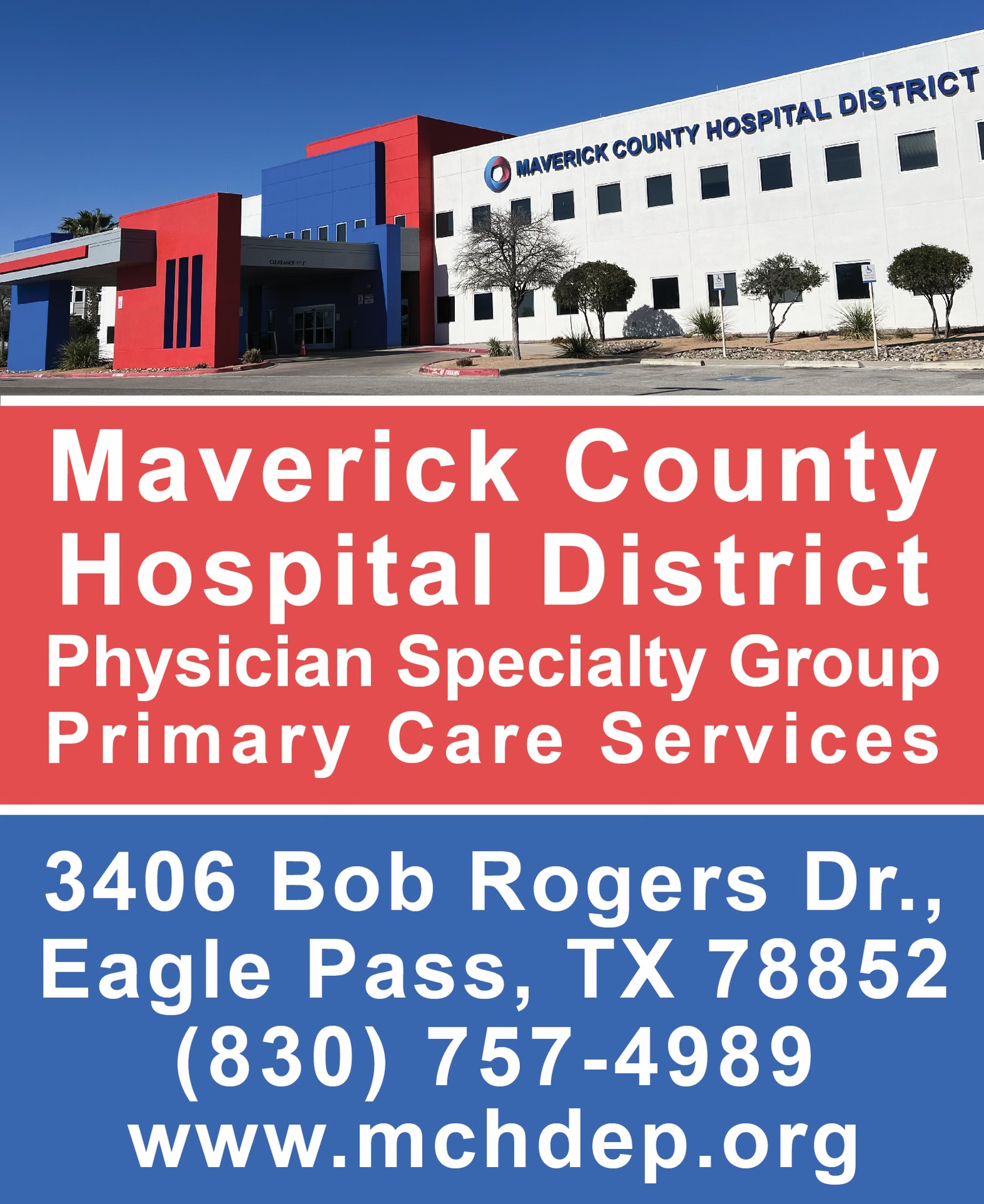Hispanics and the Diabetes Epidemic
By: Jose G. Landa©
How many Hispanics/Latinos have diabetes? 10.4% of Hispanics/Latinos ages 20 years or older have been diagnosed with diabetes. Among Hispanics/Latinos, diabetes prevalence rates are 8.2% for Cubans, 11.9 % for Mexican Americans, and 12.6 % for Puerto Ricans.
Diabetes also called diabetes mellitus is a disorder usually occurring in genetically predisposed individuals, characterized by inadequate production or utilization of insulin and resulting in excessive amounts of glucose in the blood and urine, excessive thirst weight loss and in some cases progressive destruction of small blood vessels leading to such complications as infections and gangrene of the limbs or blindness.
Diabetes can lead to serious complications and premature death, but people with diabetes can take steps to control the disease and lower the risk of complications.
Type 1 diabetes, also called juvenile diabetes results when the body’s immune system attacks and destroys its own insulin-producing beta cells in the pancreas.
People with type 1 diabetes must have insulin delivered by injection or a pump. Symptoms of type 1 diabetes – increased thirst and urination, constant hunger, weight loss, blurred vision, and extreme fatigue – usually develop over a short period of time .If type 1 diabetes is not diagnosed and treated, a person can lapse into a life-threatening coma .Type 1 diabetes accounts for 5 to 10 percent of all diagnosed cases of diabetes.
Type 2 diabetes also called adult-onset diabetes occurs when the body does not make enough insulin or cannot use the insulin it makes effectively. This form of diabetes usually develops in adults over the age of 40 but is becoming more prevalent in younger age groups – including children and adolescents.
The symptoms of type two diabetes – feeling tired or ill, unusual thirst, frequent urination (especially at night), weight loss, blurred vision, frequent infections, and slow-healing wounds – may develop gradually and may not be as noticeable as in type one diabetes. Some people have no symptoms .Type 2 diabetes accounts for about 90 to 95 percent of all diagnosed cases of diabetes.
A person is more likely to develop type 2 diabetes if they have a family history of diabetes, are a member of an ethnic group like Hispanics/ Latinos, if you are overweight or obese, 45 year olds or older, have had diabetes while pregnant (gestational diabetes), have high blood pressure , have abnormal cholesterol (lipid) levels are not getting enough physical activity, have polycystic ovary syndrome (PCOS),have blood vessel problems affecting the heart, brain or legs, have dark, thick and velvety patches of skin around the neck and armpits (This is called acanthosis nigricans.) Gestational diabetes develops during pregnancy .Women that have had gestational diabetes have a 40 to 60 percent chance of developing diabetes, mostly type 2, in the next five to 10 years.
Cardiovascular disease is the leading cause of death for people with diabetes – about two out of three people with diabetes die of heart disease or stroke. Adults with diabetes have heart disease death rates about two to four times higher than adults without diabetes. The risk for stoke is two to four times higher among people with diabetes. About 75 percent of adults with diabetes also have high blood pressure. Smoking doubles the risk for heart disease in people with diabetes.
Preventing heart disease and strokes and other serious complications due to diabetes is vital to establish a healthier and more conscious awareness of the disease to live with diabetes and not succumb to it. Diabetes is a self-managed disease. People with diabetes must take responsibility for their day-to-day care.
The chances of having diabetes complications can be reduced or delayed significantly by keeping blood glucose (blood sugar), blood pressure, and cholesterol levels (called the ABCs of Diabetes) in the target range.
The National Diabetes Education Program recommends the following targets for reducing the risk of heart disease and stroke for most people with diabetes.
Check your A1C ( blood glucose) levels at least twice a year keeping them under 7 percent, controlling your blood pressure target range less than 130/80mmHg, check cholesterol (LDL) levels at least once a year target level 100mg/dl.
Each target range will vary according to your medical doctors orders. People with diabetes can manage their disease by eating healthy foods, being physically active, taking diabetes medicine as prescribed and testing blood glucose levels.
Community education and support programs can help people with diabetes and their families to manage their diabetes.
Type 2 Diabetes, can be prevented and its complications can be delayed in overweight adults with pre-diabetes, including Hispanics/Latinos. Pre-diabetes is a condition where blood glucose levels are higher than normal, but not yet high enough for a diagnosis of diabetes. Risk factors for pre-diabetes are the same as those listed for type 2 diabetes.
Life saving tips to helping and preventing diabetes and its complications,
Lose 5 to 7 percent of your body weight (that is 10 to 14 pounds for a person who weighs 200 pounds), become more physically active for at least 30 minutes a day, 5 days a week, make healthier food choices and limited the amount of calories and fat in your diet by consulting with your doctor to choose the appropriate measures and steps that will satisfy your own needs according to the patients diagnosis.
For more information about preventing and controlling diabetes, you can call 1-888-693-NDEP (6337) or visit the National Diabetes Education Program website at www.YourDiabetesInfo.org. or consult your local Physician’s for more information on awareness and information on the proper steps to take to begin proper treatment for diabetes.





